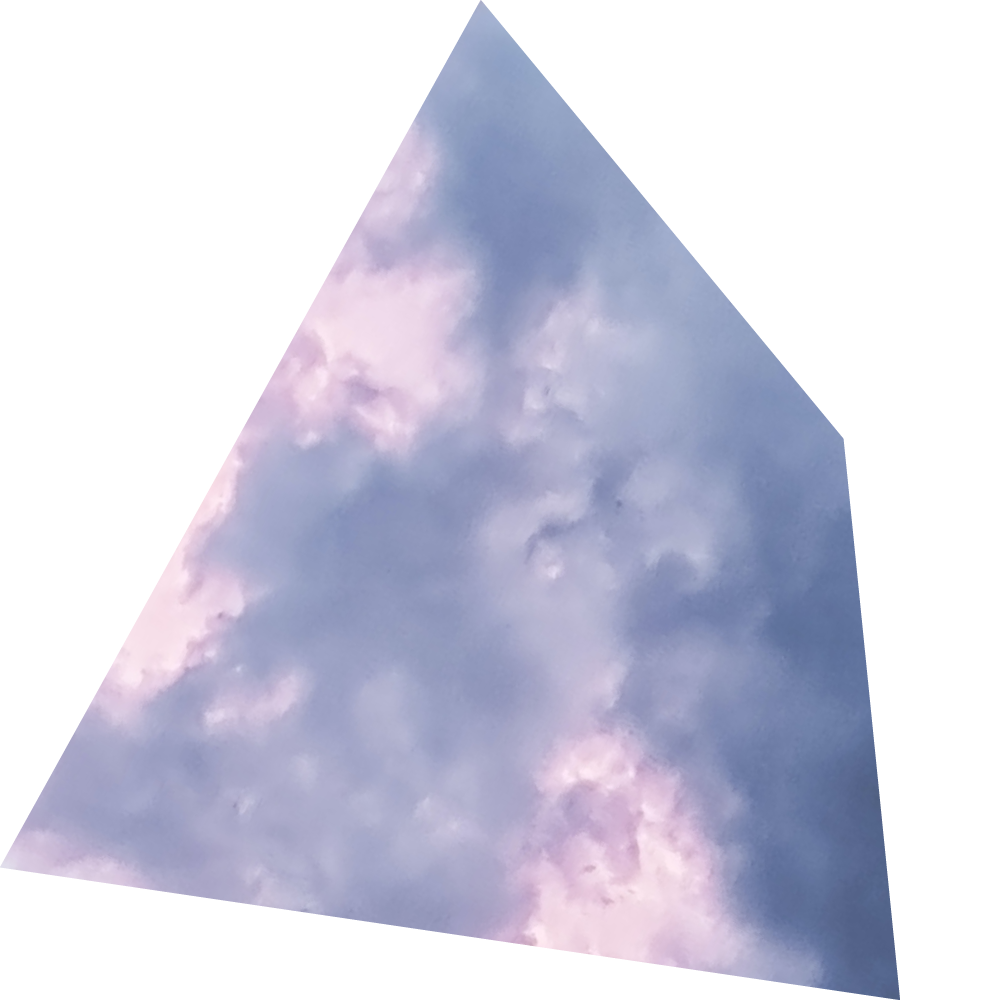Notice: Undefined offset: 1 in /home/colbysit/public_html/freedomandcaptivity.org/wp-content/themes/freedom_capavity/single.php on line 118
Notice: Trying to get property 'cat_name' of non-object in /home/colbysit/public_html/freedomandcaptivity.org/wp-content/themes/freedom_capavity/single.php on line 118
F&C Art on Abolition Curatorial Statement
What does abolition look like, sound like, feel like? Art on Abolition attempts to capture the sensorial qualities of abolitionist feelings, yearnings, visions and imaginings. If we take abolition to mean liberation, thoughtful and reparative responses to harm, investments in safe and healthy communities, a rejection of cruelty, and an embrace of love—what does that look like, sound like, feel like?
Artists from across the country responded to our national open call to share their visions. This call garnered submissions from incarcerated artists, formerly incarcerated artists, and artists who have never been incarcerated. The works range across many genres: drawing, painting, collage, textiles, photography, film and video, performance, music and audio, poetry and spoken word, prose, sculpture. Some of the artists are self-taught; some are working in carceral environments with limited or no access to art supplies; and others are established artists with a studio practice and institutional support. The texts accompanying each piece vary, depending on how the work arrived, our ability to communicate with the artist, and the constraints under which the work was produced and sent to us. The resulting exhibition reflects that abolition, while expressly about the goal of ending incarceration, also entails a diversity of viewpoints about how to get there and what that goal will look like.
The exhibition is organized into four themes: History and New Futures; Protest and Revolution; Finding Voice, Power, Joy; Liberation.
The art included in History and New Futures reflect how history lives in the present, visibly and invisibly, memorialized in public and disappeared into private memories. Some of the works in this theme honor events, people, and structures of feeling that hover at the underside of memory and breathe life into possibilities for future transformations. Other artists took inspiration from historical struggles for liberation, where an abolitionist future pays homage to heroic revolutionaries in the past. Lastly, there are artistic reflections situated in an abolitionist future, as a place from which to look back and reflect on carceral histories. This future vantage point suggests an incredulity about the cruelty and ignorance of the damages of punitive carcerality.
The contemporary abolitionist movement is part of a long struggle for freedom and liberation from carceral systems created to support white supremacy, colonialism, and inequality. The artistic reflections in Protest and Revolution show how art that documents and celebrates these struggles can motivate and clarify, embolden and enrage, and offer inspiration for revolutionary change. Abolitionist Ruth Wilson Gilmore famously said, “Abolition requires that we change one thing, which is everything.” The works in this section embrace radical change: from protest posters that demand transformational change, to a call for an entirely different political structure, to an emphatic self-portrait about being silent no more, to references to the transformative power of fire. Abolition won’t happen without dramatic transformation.
Carcerality silences, disappears, and destroys. Abolition validates, repairs, and liberates. In addition to tearing down structures of racism, inequality, and enforced cruelty, abolition is also about building new ways of living together and seeing each other. Finding Voice, Power, Joy celebrates the power of art for finding voice – to challenge oppression, express joy, build community and solidarity, and claim shared humanity. The submissions grouped in this theme allow those who have been hidden through incarceration to become visible through intimate portraits; they demand that we look and see and feel; they evade the objectifying gaze of surveillance technologies; and they gesture toward the importance of recognizing mutual humanity as the basic starting point for transformative change.
The final theme, Liberation, concludes the exhibition with visions of what liberation looks like, sounds like, moves like, and feels like. Art offers unique access to liberation’s sensoria, exhibited here in fantasy visions and soundwaves, movement and lyricism, narrative and storytelling. The artists featured here draw on the lived experience of incarceration, the radical imagination of freedom, and futurist visions to help us see, hear, and feel liberation.
While exploring Art on Abolition, Freedom & Captivity urges audiences to consider ways to forge new connections with others and blaze a trail towards rehabilitation from the carceral state.
Let’s embrace liberation.
Let’s work toward abolition.
All submissions were considered by the Freedom & Captivity: Art on Abolition jury: Catherine Besteman, Colby College; Skye Gosselin, Maine Youth Justice; Joseph Jackson, Maine Prisoner Advocacy Coalition; Samuel James, musician; Kelsey Halliday Johnson, SPACE; Daniel Minter, Indigo Arts Alliance; Marcia Minter, Indigo Arts Alliance; Julie Poitras Santos, the ICA at MECA; Lia Wilson, SPACE.

